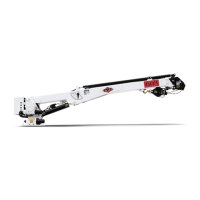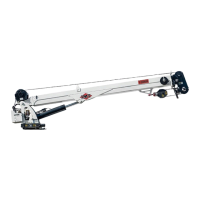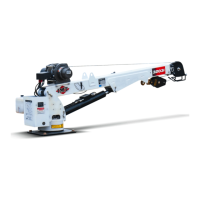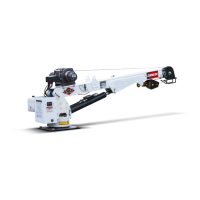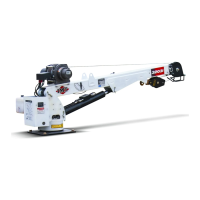What to do if IMT Construction Equipment crane functions don't work?
- SScott CunninghamJul 28, 2025
If the crane functions, such as boom down, extension out, and winch up, are not working, it may be due to a two-blocking or overload condition. To resolve this, winch down to relieve the two-block condition. Alternatively, boom up, extend in, or winch down to relieve the overload condition.
